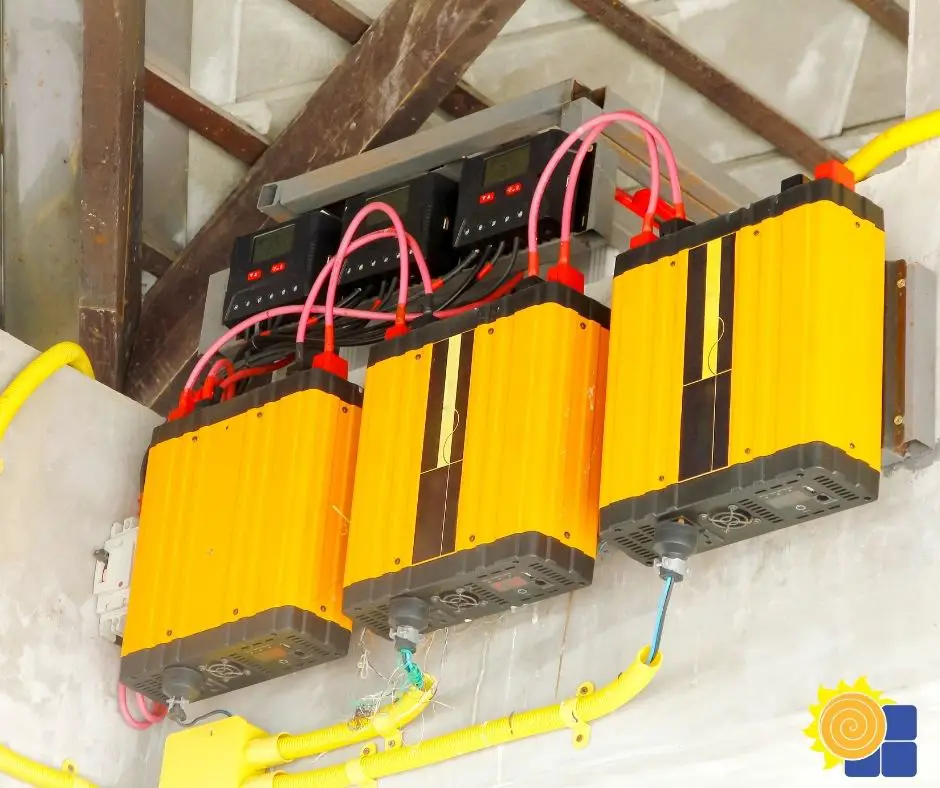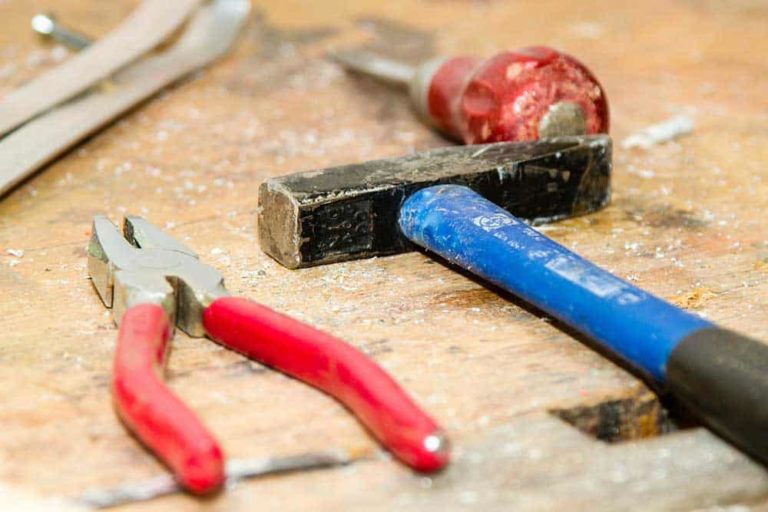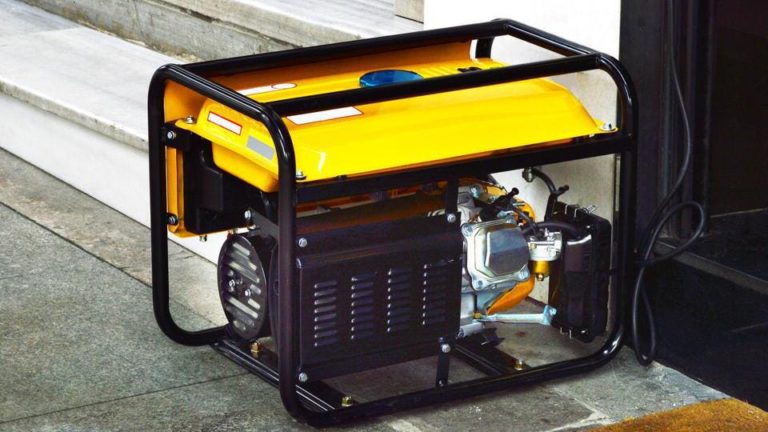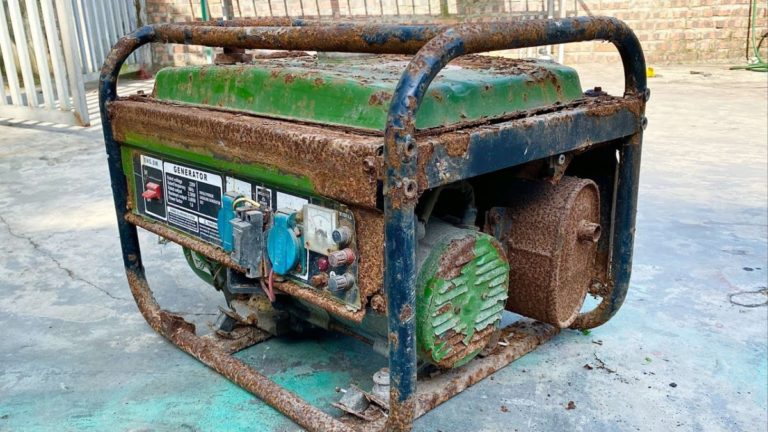Installing an inverter in a remote off-grid location can be a challenging task, but with the right preparation and knowledge, it can also be a successful and rewarding experience.
From selecting the appropriate type of inverter for your needs to navigating logistical obstacles such as transportation and storage, there are several key factors to consider when installing an inverter in a remote location.
Plan ahead
Before installing an inverter, it’s important to assess the electrical needs of your remote location and choose the right size and type of inverter to meet those needs. Consider factors such as the size of your home, the number of appliances you’ll be powering, and the amount of solar panel output you’ll have available.
Consider the size of your home, the number of appliances you’ll be powering, and the amount of solar panel output you’ll have available.
For instance, if you have a larger home with multiple appliances and a higher solar panel output, you may require a more powerful inverter to handle the increased electrical load.
Conversely, if you have a smaller home with fewer appliances and a lower solar panel output, a smaller inverter may suffice.
Proper planning and sizing will help ensure that your inverter meets your electrical needs and provides reliable, efficient power for your remote location.
Choose the right location
When installing an inverter, it’s important to choose a location that is well-ventilated, accessible, and protected from extreme temperatures. Avoid placing the inverter near any sources of heat or moisture, as these can cause damage to the unit.
Choosing the right location for your inverter is important for its optimal performance and longevity.
When installing the unit, ensure that it is placed in a well-ventilated area that is accessible for maintenance and repair.
Avoid placing the inverter near any sources of heat or moisture, as these can cause damage to the unit and its components.
For example, if the inverter is installed in a location that is exposed to direct sunlight or high temperatures, it may overheat and fail to operate properly.
Similarly, if the inverter is placed in a humid or wet environment, it may be susceptible to moisture damage and shorten its lifespan.
Therefore, it is important to choose a location that is well-ventilated, protected from extreme temperatures, and dry to ensure the inverter operates optimally and lasts for a long time.
Use a surge protector
Surge protectors can help protect your inverter from power surges and spikes, which can damage the unit and cause it to fail prematurely. Make sure to use a high-quality surge protector that is rated for the voltage and current output of your inverter.
When it comes to protecting your inverter from power surges and spikes, using a surge protector is a important step.
These electrical fluctuations can cause damage to your inverter and potentially lead to premature failure.
However, not all surge protectors are created equal.
To ensure the best possible protection for your inverter, look for a high-quality surge protector that is rated for the voltage and current output of your inverter.
This means checking the specifications of your inverter and selecting a surge protector that can handle the same voltage and current levels.
Make sure to properly install the surge protector and connect it to your inverter according to the manufacturer’s instructions.
By taking these precautions, you can help extend the lifespan of your inverter and ensure that it continues to provide reliable power to your home or business.
Install a DC disconnect
A DC disconnect is a safety device that disconnects the direct current (DC) output of your solar panels from the inverter in case of an emergency or maintenance. This can help prevent injury or damage to the inverter.
Installing a DC disconnect is a important safety measure for your solar panel system.
This device disconnects the direct current (DC) output of your solar panels from the inverter in case of an emergency or maintenance, preventing the flow of electricity and potentially dangerous situations.
By disconnecting the DC output, the inverter is isolated from the solar panels, reducing the risk of injury or damage to the inverter.
This is particularly important during maintenance or repair work, as it allows technicians to work on the system without the risk of electrical shock or Arc faults.
A DC disconnect can also help prevent damage to the inverter due to excessive voltage or current.
It is essential to ensure that the DC disconnect is installed according to the manufacturer’s instructions and meets the requirements of the applicable safety standards.
A DC disconnect is a vital safety feature that should not be overlooked when installing a solar panel system, as it helps ensure the safety of people working on the system and prevents damage to the inverter and other system components.
Use a manual transfer switch
In case of a power outage, a manual transfer switch can help you switch between grid power and off-grid power. This can ensure that your home continues to have power, even when the grid is down.
If you’re looking for a reliable solution to ensure your home has power during a blackout, consider using a manual transfer switch.
This device allows you to seamlessly switch between grid power and off-grid power in case of a power outage.
With a manual transfer switch, you can keep your home running with an alternative power source, such as a generator or solar panels, so you can maintain a comfortable and safe environment.
When a blackout occurs, simply flip the switch to transfer power from the grid to your backup power source.
This can be done easily using the manual transfer switch, which is typically located near your circuit breaker or electrical panel.
By having a manual transfer switch installed, you can ensure that your home’s essential systems, such as lights, refrigerator, and heating and cooling, continue to function during an outage.
A manual transfer switch can provide peace of mind, knowing that you have a plan in place to maintain power during an outage.
This is especially important for those who rely on electricity for critical needs, such as medical equipment or home security systems.
By investing in a manual transfer switch, you can safeguard your home’s power needs and avoid the inconvenience and potential safety risks associated with a blackout.
Monitor the inverter
It’s important to regularly monitor the inverter to ensure that it is operating within safe temperature and voltage ranges. You can use a monitoring system or check the inverter’s LED display to check its performance.
Regular monitoring of the inverter is important to ensure safe and optimal performance.
The inverter’s LED display or a separate monitoring system can provide you with valuable information about the inverter’s temperature and voltage levels.
If the inverter’s temperature exceeds safe limits, it can cause premature wear and tear, leading to reduced efficiency and potentially catastrophic failures.
Similarly, if the voltage levels are not within the safe range, it can cause damage to the system components and reduce their lifespan.
By regularly monitoring the inverter’s performance, you can detect any potential issues before they become major problems, preventing costly repairs and downtime.
Therefore, it is essential to invest in a high-quality monitoring system or regularly check the inverter’s LED display to ensure the safe and efficient operation of your solar power system.
Perform regular maintenance
Regular maintenance is important to ensure that your inverter is running at peak performance and to prevent premature failure. Check the inverter’s filter and replace it as needed, and clean the fan and heat sink to prevent overheating.
Regular maintenance is a important aspect of ensuring your inverter’s optimal performance and longevity.
To begin with, check and replace the inverter’s filter as needed.
A dirty filter can cause the inverter to overheat and degrade its performance.
To access the filter, simply remove the protective cover and inspect it for any dirt or debris.
If it’s clogged, replace it with a new one.
Be sure to use a filter specifically designed for your inverter model.
Another important aspect of regular maintenance is cleaning the fan and heat sink.
Dust and debris can accumulate on these components and cause them to overheat, leading to premature failure.
Use a soft-bristled brush or a can of compressed air to gently remove any visible dust or debris from the fan and heat sink.
This simple step can help prevent overheating and prolong the lifespan of your inverter.
Remember to regularly inspect and maintain your inverter to prevent unexpected downtime and ensure it operates at peak efficiency throughout its lifespan.
Consider battery backup
If you want to store excess energy for later use, consider installing a battery backup system. This can help you during power outages and can also help you save money on your energy bills.
If you’re looking to store excess energy for later use and protect yourself against power outages, consider installing a battery backup system.
This versatile solution can provide peace of mind and financial savings.
During an outage, the battery backup system will automatically kick in, providing a reliable source of power for your essential appliances.
By storing excess energy during off-peak hours, you can enjoy lower energy bills and reduce your dependence on the grid.
Investing in a high-quality battery backup system can provide long-term savings and ensure that your home remains operational even when the grid is down.
With the right installation and maintenance, a battery backup system can last for years, providing consistent protection and peace of mind for you and your family.
Want More? Dive Deeper Here!
Hey there! If you’re the type who loves going down the rabbit hole of information (like we do), you’re in the right spot. We’ve pulled together some cool reads and resources that dive a bit deeper into the stuff we chat about on our site. Whether you’re just killing time or super into the topic, these picks might just be what you’re looking for. Happy reading!






